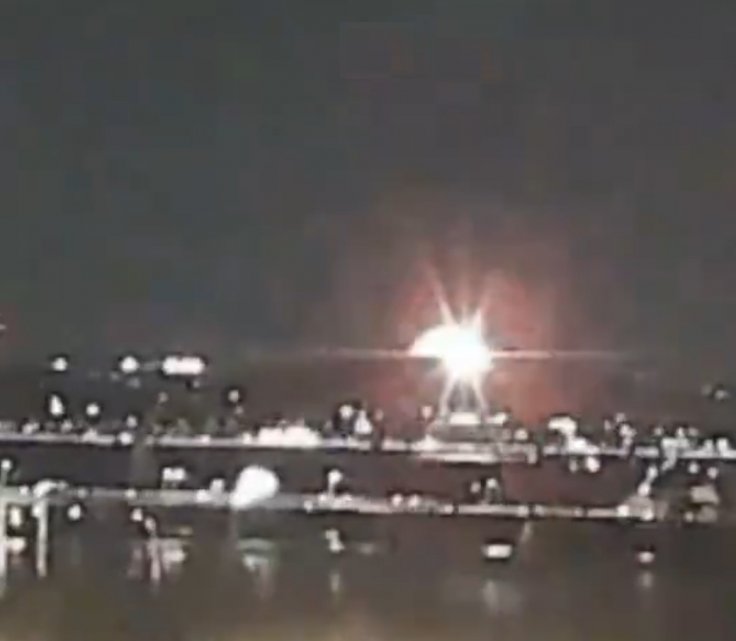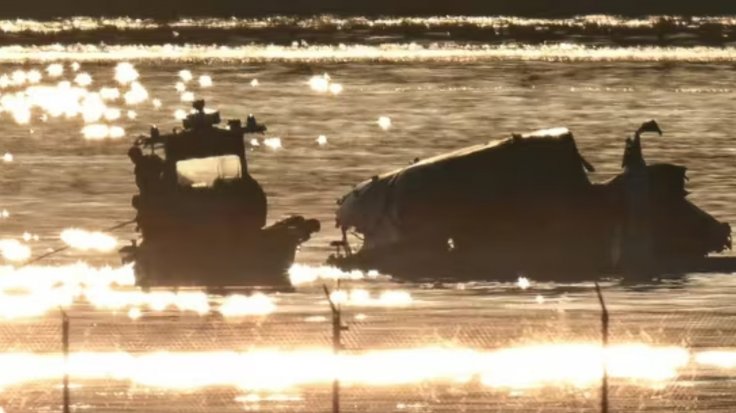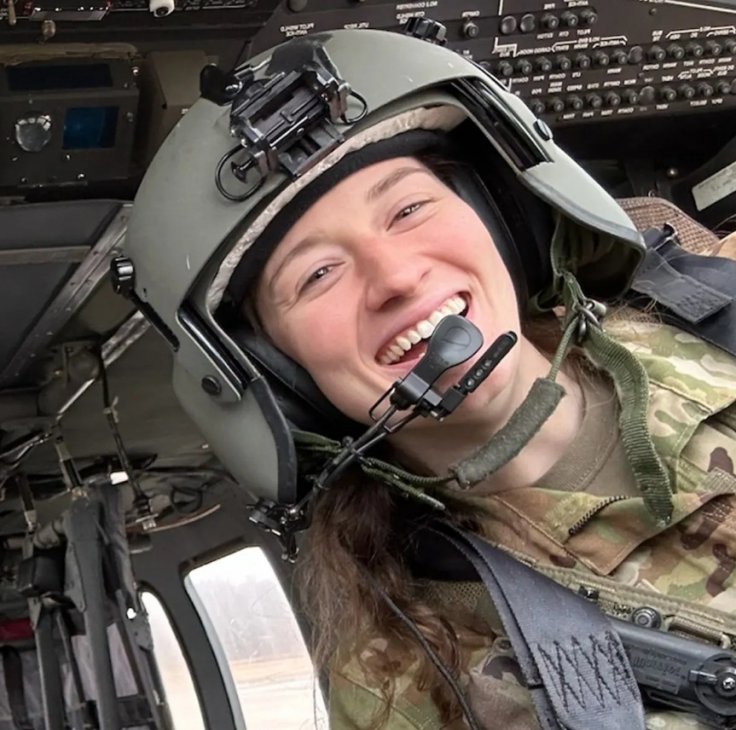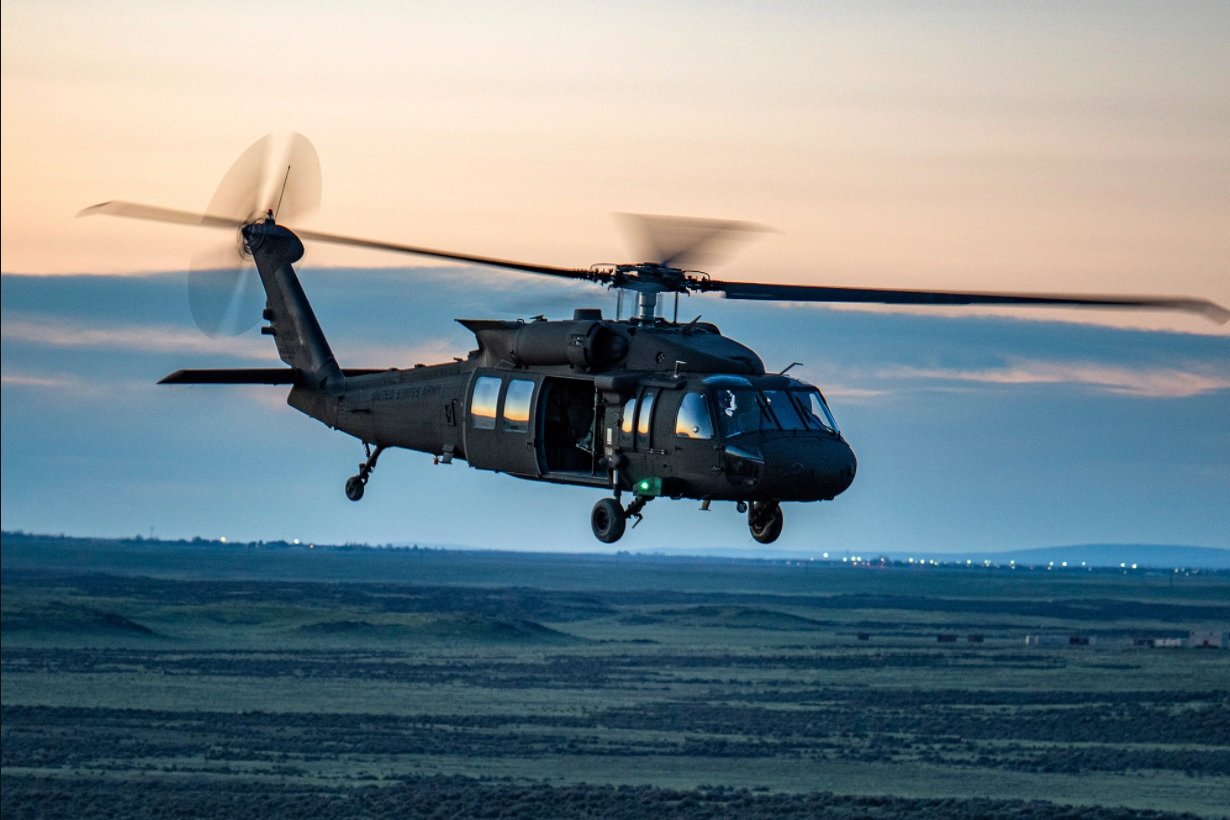Investigators believe that the crew of an Army Black Hawk helicopter that collided with a passenger plane may have been using night vision goggles at the time of the deadly crash. The Black Hawk was conducting a routine training exercise to renew the annual certification of 28-year-old Captain Rebecca M. Lobach.
While doing so, it struck American Airlines Flight 5342 during its final descent into Reagan National Airport just before 9 p.m. on January 29, resulting in 67 death, including all the three soldiers on the Black Hawk helicopter. Authorities investigating the crash are focusing on whether the soldiers aboard were using the night vision equipment when the accident occurred.
Mystery of Black Hawk Crash Continues
The head of the National Transportation Safety Board confirmed on Thursday that the crew was “likely” following the proper safety protocols for the goggles. “We do believe, given the mission and given what we’ve heard or not heard on the CVR [cockpit voice recorder] that they were wearing night-vision goggles,” Jennifer Homendy said.
She clarified that if the crew members were not using goggles, they would have been required to declare that they were flying unaided, but there was no indication that this was the case, according to Fox News.

X
“That was not on the CVR,” Homendy said. “We did not find any indication of that on the CVR, which means they would not have had them on. But again, it’s preliminary.”
Homendy then provided additional details about the training mission, which she referred to as a “check ride.”
She explained that the Army conducts three check rides annually, one of which involves using instruments like night-vision goggles, and another focused on assessing a pilot’s flying proficiency.

X
The flight that the crew was on the night of January 29 was a combined night-vision goggle annual check ride, according to Homendy.
However, when the helicopter crashed, its Automatic Dependent Surveillance-Broadcast (ADS-B) system was turned off. This system tracks and shares an aircraft’s position, altitude, and speed, as Senator Ted Cruz mentioned to the New York Times on Thursday.
Night Vision Gear on but Still Lot Needs to be Unraveled
The ADS-B technology also shows pilots the locations of other aircraft, whether in the air or on the runway, and allows air traffic controllers to avoid relying solely on radar, which can have a slight delay, as noted by USA Today.

X
Military helicopters can disable the ADS-B during “continuity of government” operations to keep the movement of government officials undisclosed.
However, Cruz, a Texas Republican, said that this was not the case during the fatal crash. “In this instance, this was a training mission, so there was no compelling national security reason for ADS-B to be turned off,” he told the Times after a closed-door briefing with the Federal Aviation Administration and the National Transportation Safety Board regarding the crash investigation.
He pointed out that while the helicopter had a transponder to broadcast its location, the ADS-B technology is far more advanced.
The United States Army, however, did not verify Cruz’s statements about the tracking system to The Times. “We’re going to let the investigation play out and not get ahead of the NTSB findings,” Col. Roger Cabiness, an Army spokesman, told the outlet.
The report came as recovery teams retrieved the mangled remains of the Army helicopter from the Potomac River. Authorities had earlier confirmed that the Black Hawk helicopter was flying 100 feet above the allowable altitude for helicopters in commercial airspace.
While the helicopter was flying at 300 feet, the maximum permitted altitude for helicopters in that area is 200 feet.
Data from the black box recovered from the wreckage suggested this was likely the case, though the National Transportation Safety Board was awaiting air traffic control data to verify the higher altitude.
Radar data is rounded to the nearest 100 feet, meaning the helicopter’s altitude could have ranged between 251 feet and 349 feet, according to the NTSB.

X
At the same time, the passenger plane was at 325 feet and had been cleared to land.
In the moments just before the collision, the pilots of the plane tried to pull the aircraft upwards in an attempt to avoid the approaching helicopter.
There were no survivors from either flight, and all 67 bodies have now been recovered from the water. The American Airlines flight, which was traveling from Wichita, Kansas, had 60 passengers and four crew members on board, while the helicopter carried three soldiers.




